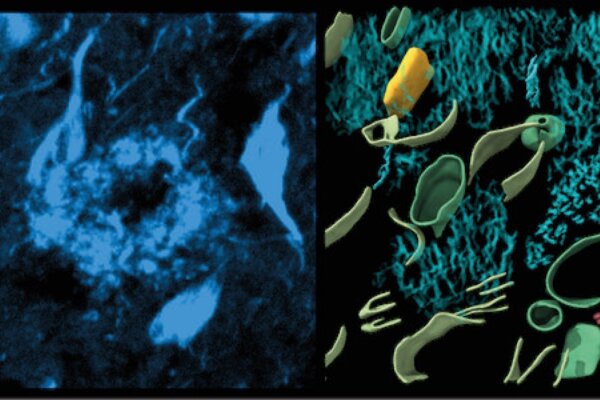
QUEENSLAND, Australia — Cover your mouth when you sneeze and cough. The age-old rule may be more important than you might have thought. That's because a new study finds viruses remain alive for nearly an hour after becoming airborne.
Researchers at the Queensland University of Technology in Australia wanted to expand on previous research conducted on a bacteria called “pseudomonas aeruginosa,” hoping to discover exactly how it spread when expelled by humans who coughed or sneezed.

That research had shown that the bacteria “travelled up to 4m and stayed viable for 45 minutes after being coughed into the air,” says lead researcher Lidia Morawska in a university press release.
For their experiment, the researchers recruited two individuals— one of whom had cystic fibrosis, and the other of whom had a chronic pseudomonas aeruginosa infection. Airborne cough droplets were collected from both patients, although there was more focus on the patient who was infected.
Despite the droplets of infected saliva quickly losing moisture, contaminated particles remained airborne for quite some time after the infected individual coughed or sneezed, the researchers found. This was particularly the case for larger droplets.
“We found that the concentration of active bacteria in the dried droplets showed rapid decay with a 10-second half-life for most of the bacteria but a subset of bacteria had a half-life of more than 10 minutes,” reveals Morawska.
In other words, it took some airborne bacteria over ten minutes to decrease by half in strength.
The researchers warn the grave implications for their findings: one can catch pseudomonas aeruginosa fairly easily, long after one coughs or sneezes in a given area.
Individuals with respiratory issues, including those with cystic fibrosis, are at particular risk for developing adverse airborne infections.
The study’s findings were published in the journal PLOS ONE.











I am sure all the new “refugees” from disease ridden 3rd world poo-holes being loaded into 1st world countries will be so polite as to cover their mouths , but at least they get free health care, you don't .
The article says it is viruses that are alive airborne. But the text of the article talks about bacteria. Those are two different organisms.
There is no such thing as “a bacteria”. The word “bacteria” is the plural of “bacterium”. Plus a bacterium is not a virus.